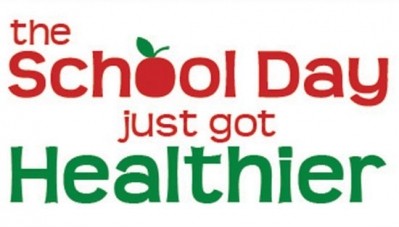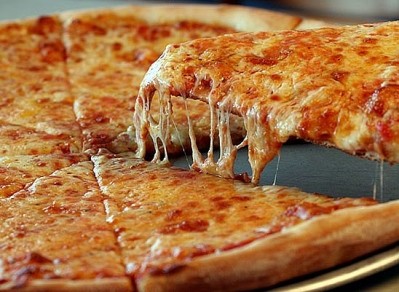New research into exactly where Americans' calories are coming from throws up surprising results
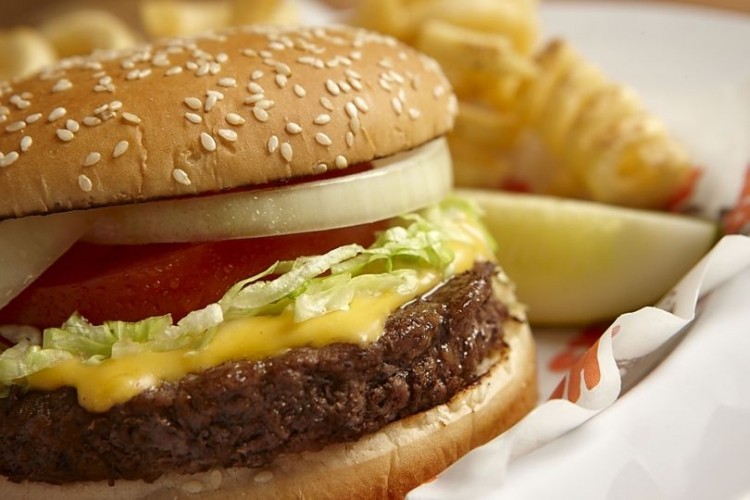
‘Energy intakes of US children and adults by food purchase location and by specific food source’ published in Nutrition Journal, is “the first-ever study of dietary energy intakes by age group, food purchase location and by specific food source”, claim its authors: Dr Adam Drewnowski and Dr Colin D Rehm from the University of Washington, Seattle.
As all foods consumed by participants in the government-run National Health and Nutrition Examination Surveys (NHANES) are now color coded by location of purchase (eg. store, quick-service restaurant/pizza (QSR), full-service restaurant (FSR), school/workplace cafe, vending machine etc), it is possible to determine much more accurately where our calories are coming from, they explain.
Contrary to popular belief, restaurant-sourced pizza, burgers, chicken and French fries accounted for less energy than store-sourced breads, grain-based desserts, pasta and soft drinks
And while “individuals tend to under-report the consumption of foods perceived to be less healthful [such as those consumed at fast-food chains]”, the findings might surprise many people, they add.
Overall, analysis of three sets of NHANES data (2003/4, 2005/6 and 2007/8) shows that 63-76% of calories in the US diet depending on age group are from products brought at stores, while quick- and full-service restaurants contribute 17-26% of calories. The rest come from multiple sources including vending machines and school and work cafeterias.
“Contrary to popular belief, restaurant-sourced pizza, burgers, chicken and French fries accounted for less energy than store-sourced breads, grain-based desserts, pasta and soft drinks”, said the authors.
“For example, for adolescents in the 12-19 year age group, QSR pizza accounted for 3.9% of total energy, whereas QSR French fries accounted for 1.7%.
“Interestingly, QSR sugar sweetened beverages provided 1-1.4% of dietary energy depending on age, whereas store-sourced beverages provided four times that.”
Teens get 17.5% of calories from quick service restaurants and 7% from full-service restaurants
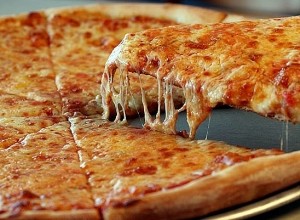
For children aged 6-11 years, 63.3% of energy came from stores, 12.2% from QSRs, and 9.8% from school cafeterias. Among adolescents (12-19years), 63.1% of energy came from stores, 17.5% from QSRs, 7% from FSRs (full service restaurants) and 5.5% from school meals.
For adults aged 20-50, 63.1% of energy was from stores, 15.9% from QSRs and 10.4% from FSRs.
For those aged 51-70, 70.3% of energy was from stores, 8.6% from QSRs and 10.4% from FSRs.
Adults aged 70+ obtained more than 76% of energy from grocery stores.
The top sources of energy are grain-based desserts such as cakes, cookies and donuts; and yeast breads
The top sources of energy for 6-11year-olds were grain-based desserts such as cakes, cookies, pies, pastries and donuts (6.9% of energy) and yeast breads (6.4% of energy). Those two food sources were among the top energy sources across all age groups.
Among adolescents, the top energy sources were soda, energy and sports drinks (8.2% of calories); pizza (7.2%); yeast breads (6.3%), and chicken and chicken mixed dishes (6.2%). Burgers contributed just 2% of energy and fries 2.7%.
Adults aged 20-50 derived 6.8% of energy from soda, energy and sports drinks; 6% from chicken and chicken mixed dishes; and 6.1% from yeast breads. 5.5% of energy came from grain-based desserts and 5.3% from alcoholic beverages.
The top sources of energy for older adults (≥51years) were yeast breads (7.9%); grain-based desserts (7.1%); chicken (4.9%); and beef dishes (4.3%), followed by alcoholic beverages (3.6%) and soda, energy and sports drinks (3.2%).
NRA: Sugar sweetened beverages from QSR provide 1-1.4% of calories, whereas store-sourced sugar sweetened beverages provide four times that amount
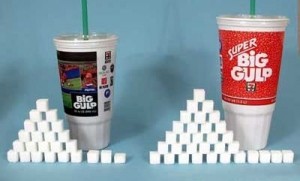
As for soda, a hot-button political issue as NYC Mayor Bloomberg squares up with industry opponents in court this week over his proposed ban on big sodas - energy intakes from sugar-sweetened beverages from QSRs were very low at 1-1.4%, said the authors.
“The specific contribution of QSR soda to total energy intakes was in the order of 1%, reaching a maximum of 1.4% of energy intakes in the 12-19year age group. The contribution of FSR soda to total energy intakes was between 0.3% and 0.8% depending on age.”
Overall, they concluded: “This invaluable population-based data can be used to identify the most important food sources and purchase locations of energy, thereby allowing for more effective targeting of policy interventions aimed at calorie reduction.”
The study was funded by the National Restaurant Association - a vocal opponent of Bloomberg’s proposed ban - and provided further evidence that singling out sodas sold in foodservice outlets - but not grocery stores next door - did not make sense, claimed director of nutrition Joy Dubost, PhD RD CSSD.
“Sugar sweetened beverages from QSR provide 1-1.4% of calories depending on age, whereas store-sourced sugar sweetened beverages provide four times that amount. That's not to say that we shouldn't all play our part, but we believe this research can better inform industry efforts and ensure sound policy is based on strong, evidence based data.”
She added: "I think many people will also be surprised that the percentage of calories coming from QSRs is not as high as we are often led to believe."
Dr Drewnowski: The store-bought sugars and carbs provided most of the calories
Asked to comment on this interpretation of his data, co-author Dr Adam Drewnowski told FoodNavigator-USA: “Francis Collins and Griffin Rodgers (the director of the NIH and the NIDDK respectively) wrote in JAMA last year - click here - that faced with the obesity epidemic, public health authorities took whatever action they could, without necessarily waiting for data to arrive. They also emphasized that the NIH stood ready to provide such data.
"The soda issue is a case in point. NHANES data showed that the average amount of calories from soda purchased at QSR was about 1-1.2% of total daily calories for the population (that includes consumers and non consumers). However, four times that amount came from soda purchased at supermarkets and in grocery stores.
"So if you are going to target a given food or beverage, at least be aware of where it is coming from. The Bloomberg initiative specifically exempted grocery stores."
He added: "The store-bought sugars and carbs provided most of the calories - suggesting that, if we want to reduce calories, then supermarkets ought to be included in the battle against the obesity epidemic."
Source: Nutrition Journal May 2013, 12:59 doi:10.1186/1475-2891-12-59
‘Energy intakes of US children and adults by food purchase location and by specific food source’
Authors: Adam Drewnowski and Colin D Rehm


